1. Roses
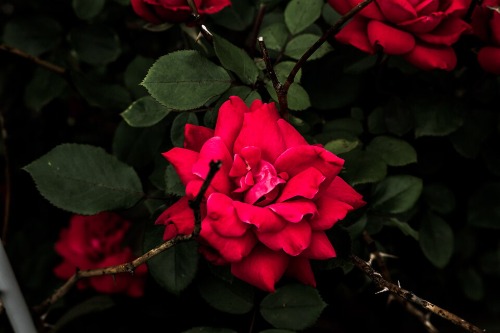
Roses might be the queen of the garden, but unfortunately, they’re also a magnet for aphids, Japanese beetles, and spider mites. Their sweet scent and tender leaves are like a buffet for pests, especially in humid or crowded conditions. Even healthy roses can get hit hard in midsummer when pest populations peak. Gardeners often find themselves stuck in a cycle of spraying and pruning to keep them looking decent.
Instead, consider planting peonies. They offer the same lush, romantic vibe and are largely pest-resistant once established. Ants are commonly seen on peonies, but they’re more curious than destructive. Plus, peonies come back stronger every year without demanding constant care.
2. Hostas
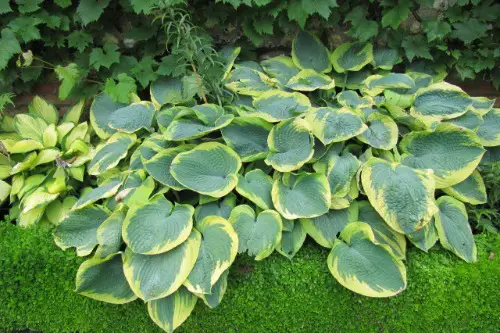
Hostas are beloved for their lush foliage, but they’re basically snail and slug candy. If your garden has any shade and moisture, these pests will tunnel holes through those big, beautiful leaves in no time. Even deer love them, often munching them down to nubs overnight. They’re one of the most complained-about plants for pest damage in temperate climates.
Try planting brunnera instead. It has similarly bold leaves—some even heart-shaped or variegated—but slugs don’t find it nearly as appetizing. It also handles shade well and throws up tiny blue flowers in spring. You get the same visual appeal without the nightly slug battles.
3. Tomatoes
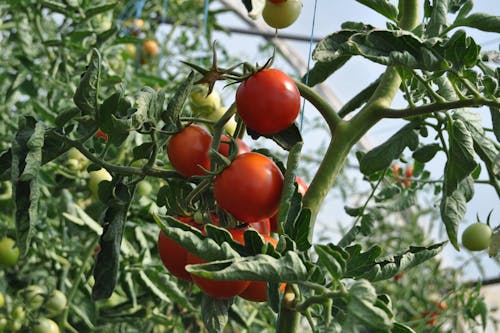
Tomatoes are garden staples, but they draw a laundry list of pests: hornworms, whiteflies, aphids, and stink bugs, just to name a few. The fruit’s juicy sweetness and the plant’s soft leaves make them an easy target. Even when grown in containers, they’re rarely safe from invaders. Once pests find your tomato patch, it’s hard to shake them.
For fewer pest issues, try cherry tomatoes or tomatillos. Cherry tomatoes tend to attract fewer pests and mature faster, giving bugs less time to do damage. Tomatillos, with their papery husks, are more resistant to common tomato pests. You’ll still get that homegrown flavor with fewer headaches.
4. Zinnias

Zinnias brighten up any bed with their neon petals, but they’re also aphid magnets. Whiteflies and Japanese beetles often follow, and powdery mildew can add insult to injury. They’re best in dry, breezy locations, but not every garden fits that bill. Without careful spacing and vigilant monitoring, zinnias can become more stress than they’re worth.
Switch them out for marigolds. Marigolds offer the same punchy colors but are natural pest deterrents, especially for nematodes and aphids. They even repel some garden critters with their strong scent. Plus, they’re easier to grow and bloom like champs all summer.
5. Nasturtiums
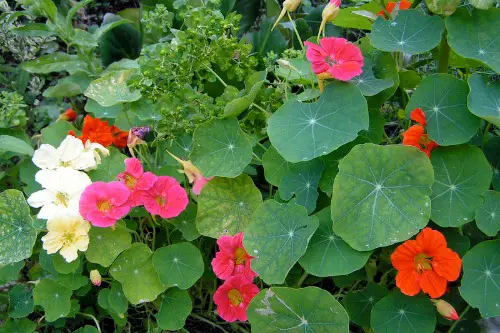
Nasturtiums are often planted as “trap crops” because they’re so irresistible to aphids, whiteflies, and cabbage worms. That says a lot—they’re more like pest bait than garden decoration. While they’re edible and cheerful, they often end up riddled with holes by midsummer. They can become unsightly quickly if left unchecked.
Instead, go for calendula. It has similarly bright flowers and is also edible, but it’s much tougher when it comes to pests. Calendula even helps repel aphids rather than attract them. Plus, it brings in pollinators and keeps blooming even in cooler temps.
6. Cabbage
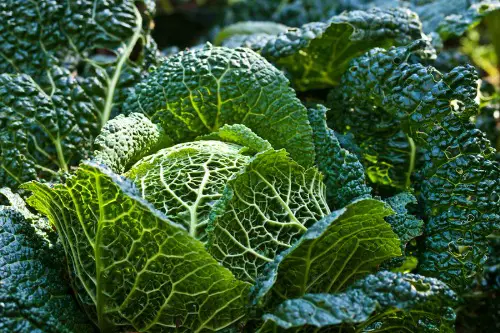
Cabbage and its brassica cousins are notorious for drawing cabbage worms, aphids, and flea beetles. Once these pests get in, they’re tough to control without constant vigilance. The big leaves give pests plenty of places to hide, and they often go undetected until the damage is widespread. Even row covers only delay the inevitable.
Try growing Swiss chard instead. It gives you leafy greens with a similar texture but doesn’t suffer nearly the same pest pressure. Most bugs give chard a pass, and it’s more tolerant of varying weather. Plus, the colorful stems add visual interest to your garden.
7. Beans
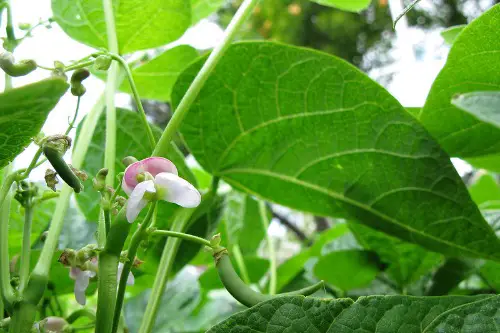
Beans are surprisingly susceptible to Mexican bean beetles, aphids, and leafhoppers. Once infected, the leaves turn into lace and the yield drops significantly. Pole beans are particularly vulnerable because they take longer to mature. Even organic solutions often struggle to keep these pests at bay.
Consider switching to cowpeas or yardlong beans. These heat-tolerant legumes are much less attractive to common bean pests. They also enrich the soil with nitrogen, just like other beans. And they’re excellent in stir-fries or fresh off the vine.
8. Petunias
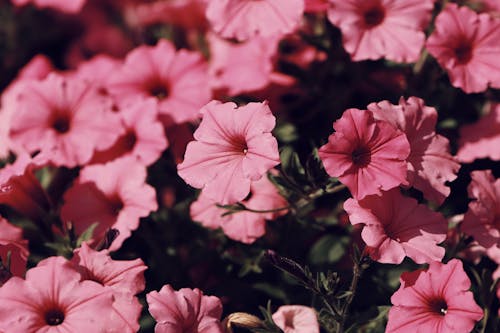
Petunias are easy to grow, but they’re also beloved by thrips, caterpillars, and whiteflies. Once pests move in, the plants can quickly become sticky and deformed. They also tend to wilt under pressure, making recovery difficult. It’s frustrating for gardeners who want long-lasting color with little fuss.
Try verbena as a substitute. It’s just as colorful and mounding, but it’s far less likely to attract serious pests. Verbena thrives in heat and needs very little water once established. You’ll get blooms for months with almost no drama.
9. Cucumbers

Cucumbers attract cucumber beetles, which not only eat the leaves but also spread bacterial wilt. This disease can take out an entire plant overnight once it sets in. Aphids and spider mites also enjoy the soft, juicy foliage. Even in well-tended beds, cucumbers often need aggressive protection.
Instead, consider growing Armenian cucumbers (technically melons). They taste similar, grow well on trellises, and resist many common cucumber pests. They also perform better in extreme heat and don’t get bitter as easily. Gardeners often find them more reliable over the long haul.
10. Delphiniums
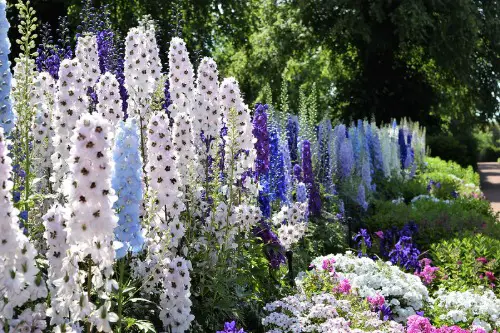
Delphiniums add height and drama, but they’re frequently attacked by slugs, aphids, and powdery mildew. These plants are high-maintenance and prone to collapse under pressure—literally and figuratively. Their hollow stems make them easy prey in storms and to crawling pests. Even seasoned gardeners sometimes skip them for more resilient options.
Foxglove makes a great alternative. It has similar vertical flair and elegant spires of flowers, but pests generally steer clear. Just be aware it’s toxic if ingested, so avoid if you have pets or young kids who explore with their mouths. Otherwise, it’s a stunning, lower-fuss replacement.
11. Basil
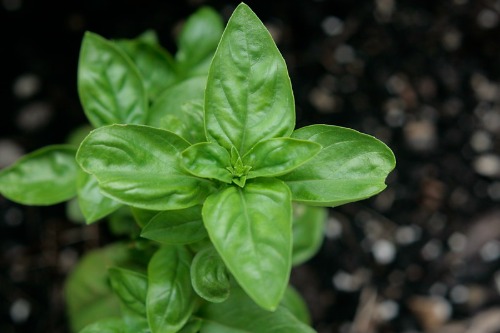
Basil seems easy until it’s overrun by Japanese beetles, aphids, and fungal diseases. The fragrant leaves are soft and very appealing to a range of pests. Once the leaves are damaged, the whole plant can decline quickly. Even indoors, aphids can hitch a ride and cause issues.
Thai basil is a smarter choice for pest-prone areas. Its thicker leaves and stronger scent tend to deter common bugs. It also holds up better in heat and resists disease more readily. You’ll still get that rich basil flavor, just with fewer losses.
12. Sunflowers
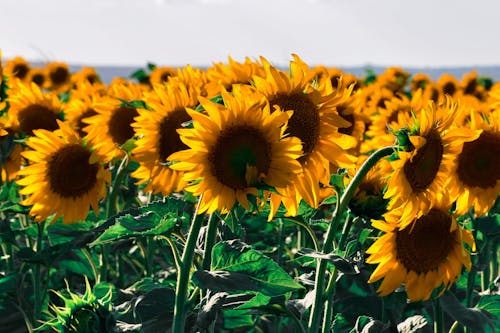
Sunflowers bring joy—but also armies of caterpillars, beetles, and seed-eating birds. The tall stalks can become highways for pests like aphids and even ants. Once the flower heads mature, they attract everything from squirrels to goldfinches. That’s great for wildlife, but tough if you’re trying to keep your garden tidy.
Try black-eyed Susans instead. They have that same golden glow and cheerful vibe, but pests usually leave them alone. They’re also native to many regions and great for pollinators. Plus, they’ll come back year after year with very little effort.
13. Squash
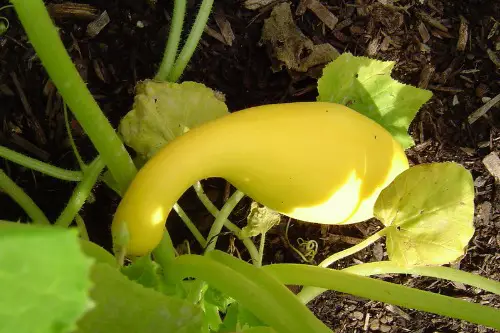
Squash is infamous for attracting squash bugs, vine borers, and powdery mildew. Once vine borers get in, the plant often collapses from the inside out. Even resistant varieties can fall prey if the garden isn’t monitored closely. These pests are persistent and hard to eliminate once established.
A better option is tromboncino squash. It’s more resistant to vine borers and tends to stay healthier over the growing season. You can use it the same way as zucchini, but it grows on a vine, which helps avoid some of the soil-dwelling pests. Plus, it’s a fun conversation piece thanks to its unique shape.
This post 13 Classic Garden Plants That Attract Pests (And What to Plant Instead) was first published on Greenhouse Black.
